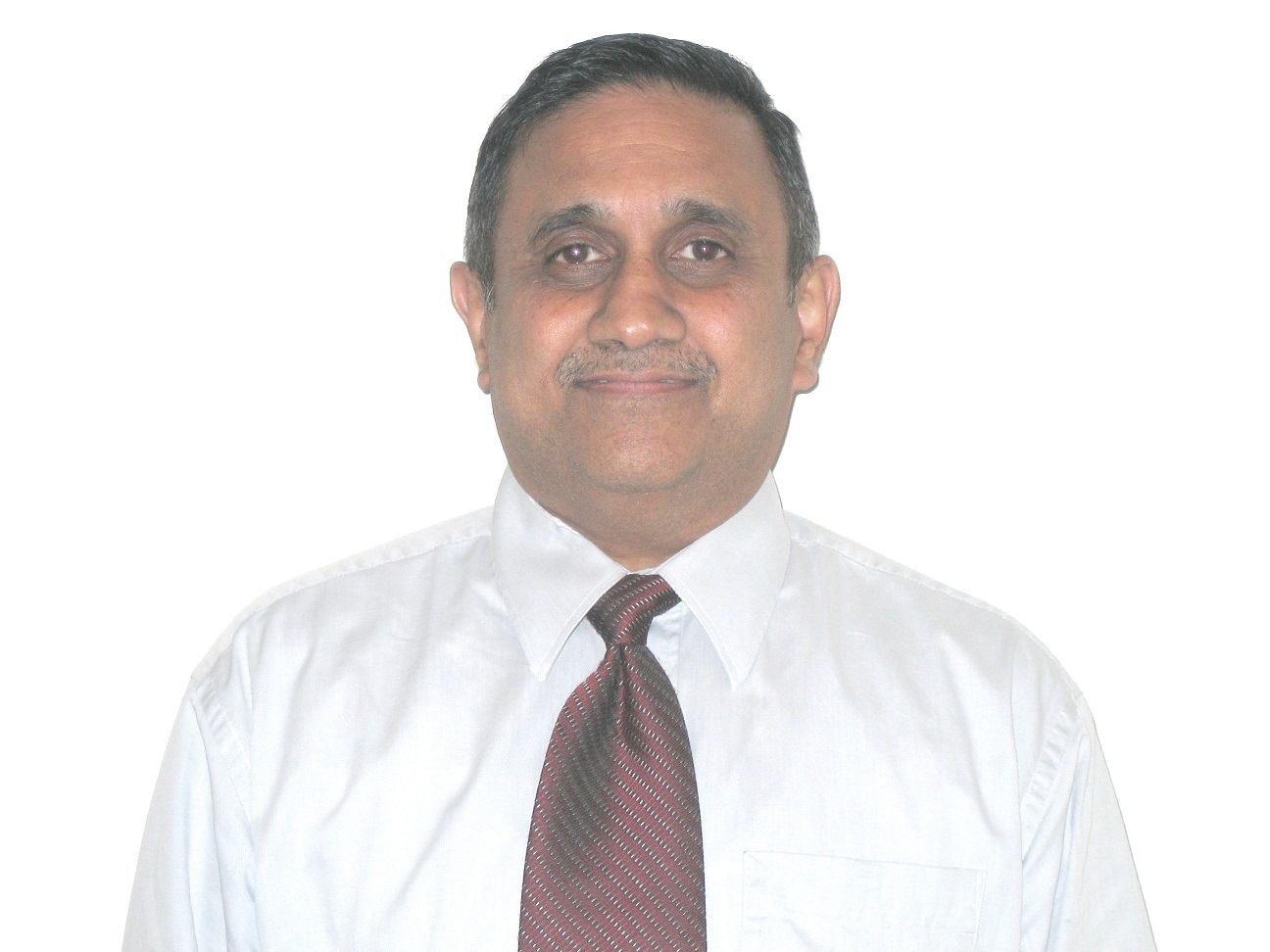5G Satellite networks – Part of 5G NTN
Abstract: 5G services described by 3GPP standards are deployed terrestrially mainly in two frequency bands FR1 (lower bands) and FR2 (millimetric wave band). But the Non-Terrestrial Network (NTN), were introduced from Release 15 onwards. Releases 16, 17 describe both the service and system aspects. Release 17 describes the core network and terminals. While satellites have operated in three major orbits (in terms of altitude from the earth). Major companies have started to deploy large number of satellites in the Low Earth Orbit (LEO) of 800 km or lower (much closer to the earth). Why is this concept of LEO popular? The first aspect is low latency, which is very useful to Internet access. The Low Earth Orbit is not new since international earth stations are deployed in this orbit and many other satellites exist in that orbit. Why is this proposal of 5G unique? Are there major challenges in deploying a large number of satellites in MEO (Medium Earth Orbit) or in High Elevation Orbit (HEO) and what are they? This tutorial provides an overview of satellite services being offered till now, its limitation and how these new concepts are expected to transform communications during 5G and 6G. In addition to the satellite as a telecom service there are other aspects from the aerospace perspective. It is important to review that aspect in this tutorial. The important aspect of who will clean up the space debris and how can that be cleaned will also be discussed.
Date and Time
Location
Hosts
Registration
-
 Add Event to Calendar
Add Event to Calendar
- The Cooper Union for Advancement of Science and Art
- 41 Cooper Square
- New York, New York
- United States
- Building: Rose Auditorium
- Room Number: Rose Auditorium
- Contact Event Host
- Co-sponsored by NY Section, NY Student Chapter
Speakers
Raghu
5G Satellite networks – Part of 5G NTN
Abstract: 5G services described by 3GPP standards are deployed terrestrially mainly in two frequency bands FR1 (lower bands) and FR2 (millimetric wave band). But the Non-Terrestrial Network (NTN), were introduced from Release 15 onwards. Releases 16, 17 describe both the service and system aspects. Release 17 describes the core network and terminals. While satellites have operated in three major orbits (in terms of altitude from the earth). Major companies have started to deploy large number of satellites in the Low Earth Orbit (LEO) of 800 km or lower (much closer to the earth). Why is this concept of LEO popular? The first aspect is low latency, which is very useful to Internet access. The Low Earth Orbit is not new since international earth stations are deployed in this orbit and many other satellites exist in that orbit. Why is this proposal of 5G unique? Are there major challenges in deploying a large number of satellites in MEO (Medium Earth Orbit) or in High Elevation Orbit (HEO) and what are they? This tutorial provides an overview of satellite services being offered till now, its limitation and how these new concepts are expected to transform communications during 5G and 6G. In addition to the satellite as a telecom service there are other aspects from the aerospace perspective. It is important to review that aspect in this tutorial. The important aspect of who will clean up the space debris and how can that be cleaned will also be discussed.
Biography:
Krishnamurthy Raghunandan (Raghu) is a senior life member of the IEEE. He has Bachelors, Masters degrees in Electrical engineering, and Research degree in Satellite communication engineering from University of Surrey that spear headed small satellites that were put in different orbits by various space agencies, to support scientific experiments. He worked in Bell Labs for over 10 years where the satellite receiver was designed by his team for the Sirius Satellite Radio now used in most high-end cars throughout USA and Canada. After that he joined the MTA where he currently works as a Senior Manager of Construction and Deployment. He has authored a textbook entitled “Introduction to wireless communication networks – a practical perspective”, which is recommended by the IEEE as a textbook for undergraduate students. Raghu was the team leader for RAN (Radio Access Networks) at the 3GPP, which developed 3G at that time, and later developed 4G and 5G standards. He has traveled extensively field-testing cell phones in various parts of north America. Prior to that he worked on satellite checkout systems and satellite launch vehicles. He has presented numerous courses at IEEE conferences and workshops and currently teaches undergraduate and graduate students in the ECE department of Rutgers University, New Jersey.

